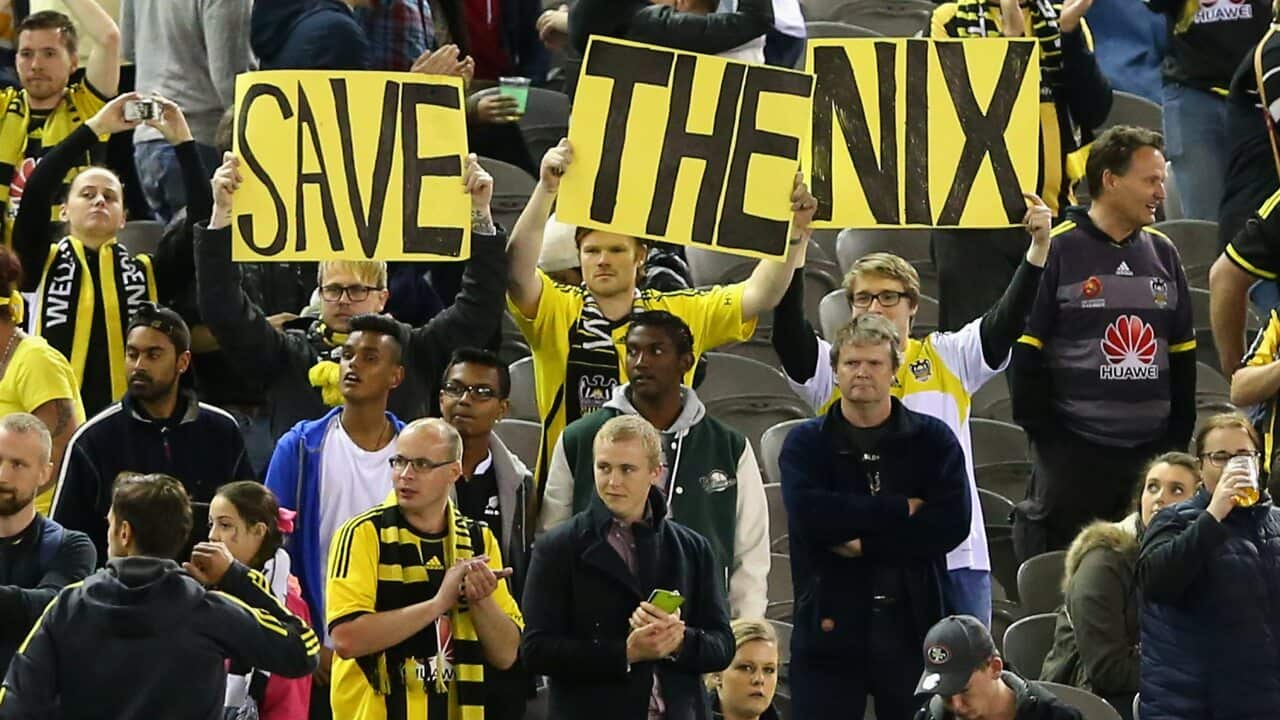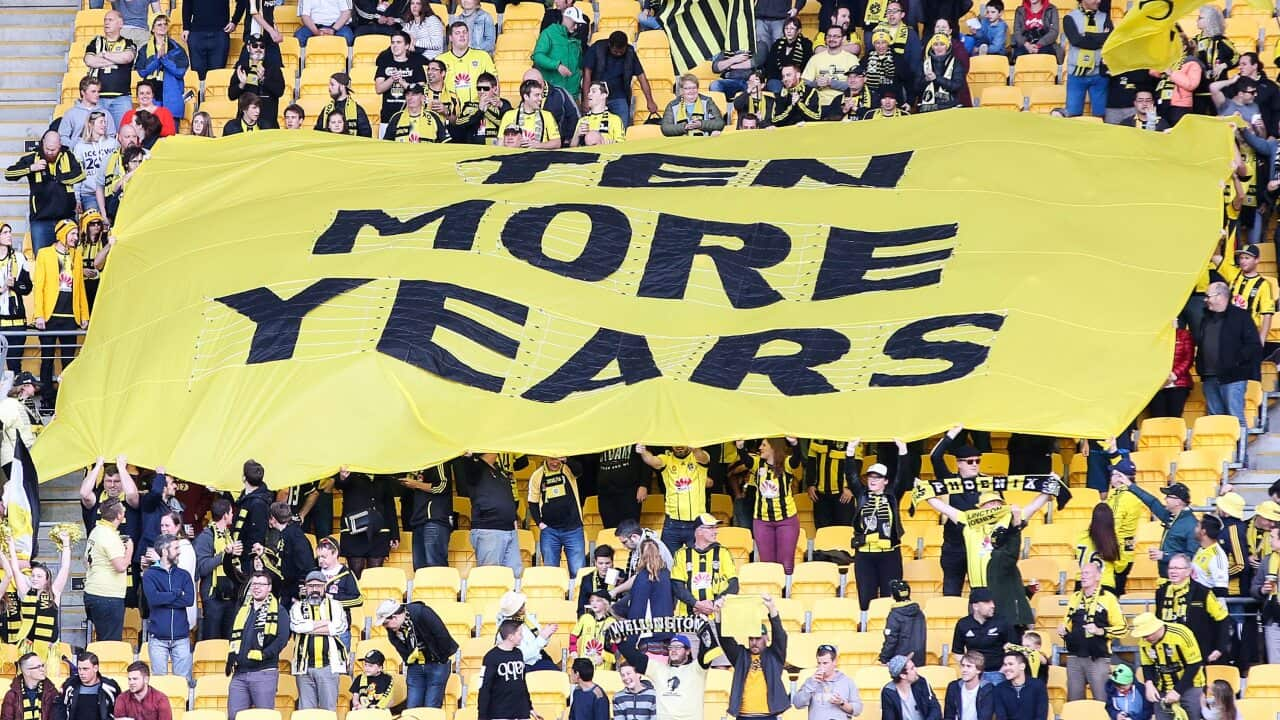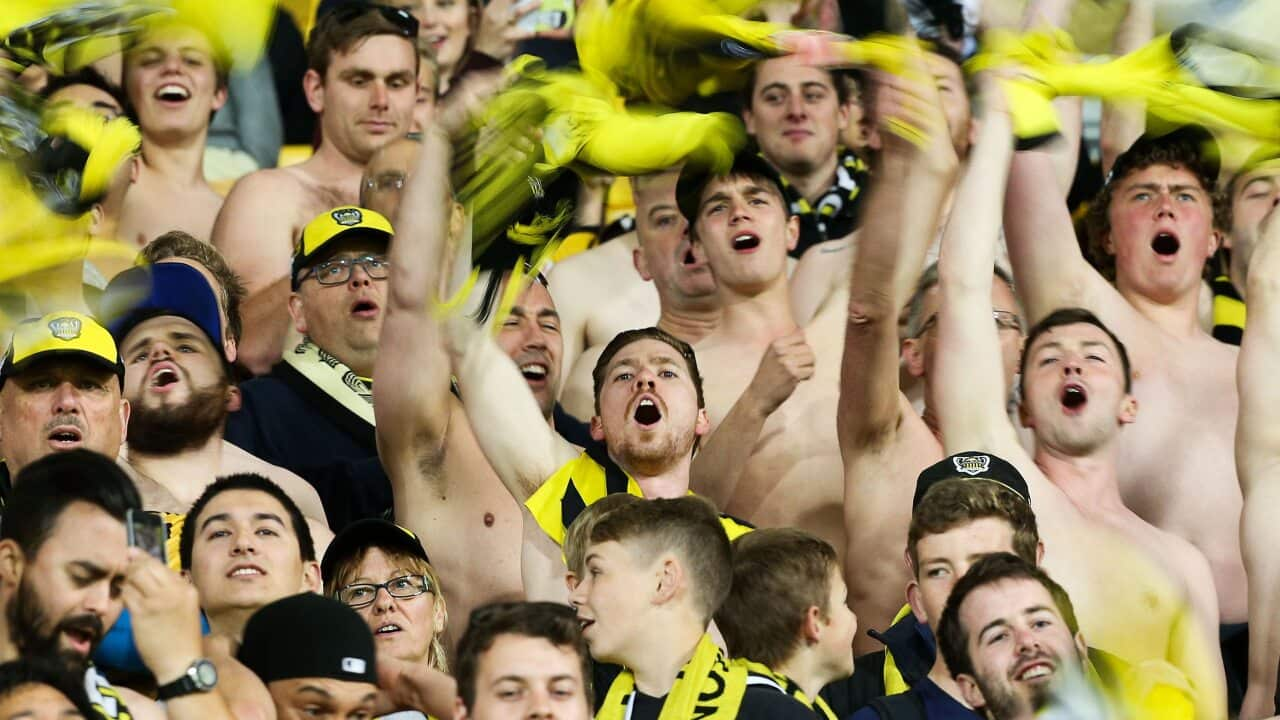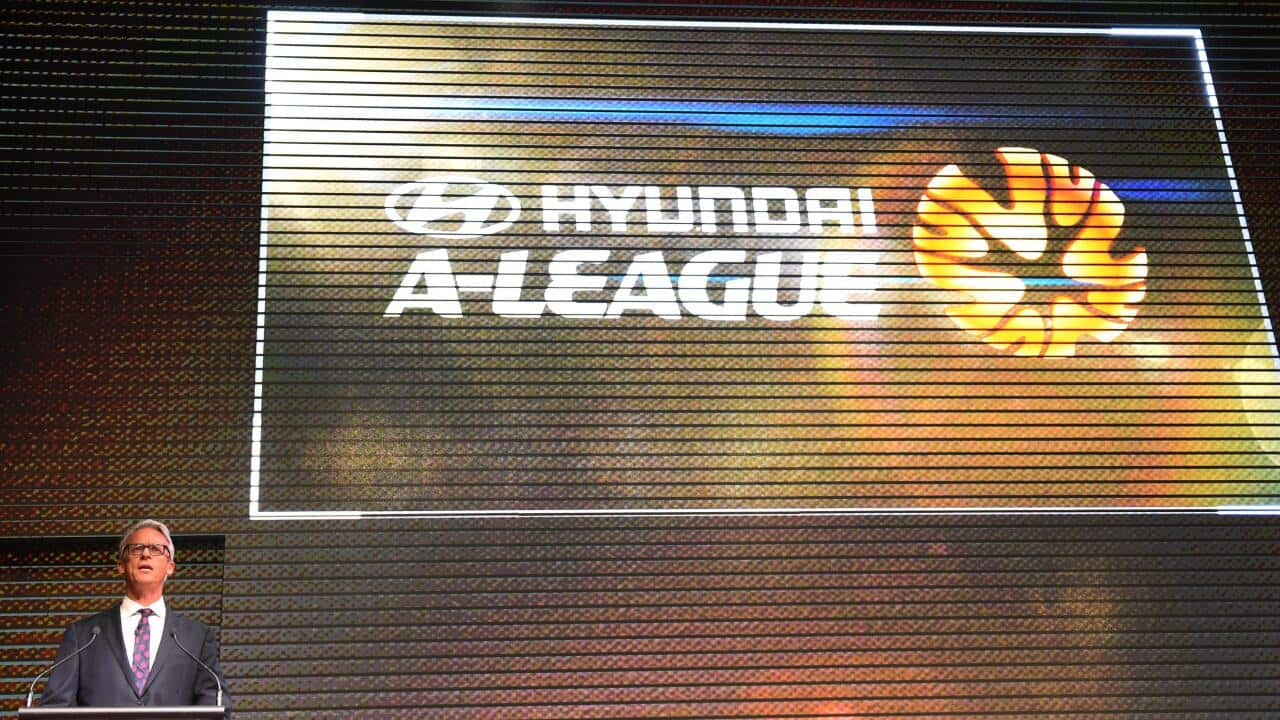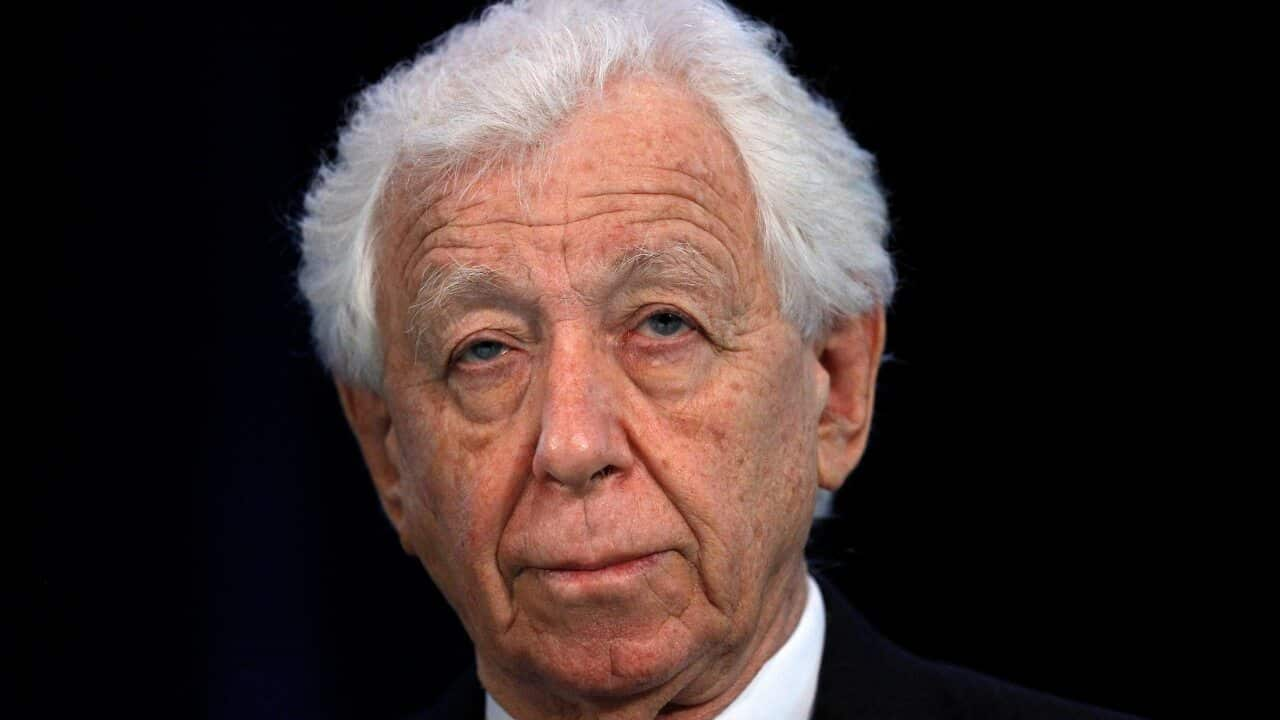These are two vexed questions which have preoccupied football’s chattering classes recently and which require further analysis and examination.
Let us first be blunt and accept that the doubt over the Phoenix’s future is entirely business driven. This is neither wrong nor a surprise.
For an A-League club to earn their keep they have to demonstrably benefit the league as a business and Australian football in general. This includes commercial revenue, market penetration and brand enrichment.
If these benefits are not forthcoming question marks will always hover over the club’s future. Three now defunct clubs, let us not forget, New Zealand Knights, North Queensland Fury and Gold Coast United, perished fundamentally because these benefits were not delivered.
Phoenix of course is a special case and even more vulnerable than were the Fury and Gold Coast. They are a foreign club and therefore not in the natural DNA of the FFA, who sit in governance only of Australian football. The FFA will retain an interest in furthering New Zealand football only provided it tangibly benefits Australia.
From what we know the Phoenix are not delivering the benefits and never have. Our understanding is that the A-League’s broadcast revenues from New Zealand total $300,000 per year. By contrast the New Zealand Warriors bring in $11 million per annum to the NRL. The word peanuts springs to mind.
In comparison to the value of the FFA’s current broadcast deal in Australia, at $160 million over four years or $40 million per year, the league’s New Zealand investment is a heavy loss-maker and surely unsustainable.
For instance the FFA’s broadcast deal covers the salary cap, valued at $2.55 million per season per club. You don’t have to be a mathematical genius to figure out who gains and who loses in the FFA-Wellington Phoenix relationship.
The FFA is quite correct in surmising that that $2.55 million per season would be better spent on an Australian club that is likely to bring in more benefits.
The Phoenix, as a team, are well run, well coached and competitive on the field. But as a business they are at best a very modest performer. TV ratings are low, average home crowds this season of just over 6,000 are the lowest in the league and their frugal commercial strategy of not signing marquee players means they are not an attraction away from home.
So it is hardly surprising that the Phoenix’s request for a 10-year licence extension was rejected. I have no inside knowledge but I wouldn’t be shocked if even a new four-year deal beyond 2016 was knocked back. If I was an FFA shareholder I would demand no less.
So what then of the speculation that the Phoenix will be replaced by a third Sydney club based in the city’s south?
This, too, in my view makes eminent sense. In the words of FFA CEO David Gallop ‘you fish where the fish are’ and in greater Sydney, with a population of 4.4 million, there are plenty of fish. With that base, if Sydney cannot accommodate three A-League teams, there is something wrong.
Let’s look at the potentials numerically. The two existing Sydney clubs are currently averaging home crowds of 21,500 between them (almost 29,000 by SFC, 14,000 by WSW). This will drop given that the statistics include the 40,000 drawn by the season’s first derby. None the less if you applied that average to a third Sydney club it would be more than triple what the Phoenix draw to their home games.
Since the speculation surfaced some noises have been made by Sydney FC chairman Scott Barlow, backed by his coach, Graham Arnold, about potential incursions into Sydney FC’s market.
FFA chairman Frank Lowy responded with a media statement saying Barlow had been consulted along the process and no firm decision has been made. In the statement he also told Arnold to shut up and stick to coaching.
Arnold of course has a right to express a view, for denying him that would be tantamount to suggesting he should stop breathing. But I think he’s wrong on this.
I don’t have the data but I would be keen to see it as it relates to claims that a club from Sydney’s south would eat into Sydney FC’s market. Barlow said nothing specific on this. Arnold said something about 30 per cent of the club’s members being based in the south.
The first question is how do you define south? Those pushing for the new club are pegging out an area south of Mascot all the way to Wollongong and everything in between (St George, Sutherland Shire, Illawarra) an area with a population base of 750,000. So by this definition suburbs like Marrickville, Rosebery and Maroubra are not in the south.
The second point is that football fans generally do not change their allegiances. You know the old saying, ‘You can change your wife but you can’t change your football team’. There may be some spillage, sure, but one has to doubt that it would be a significant number.
Carrying much more weight is that, in the face of all these fears, there is much to be gained.
Such a plan would deliver a third pole in what would become a three-way Sydney rivalry. It would deliver a total of nine Sydney derbies, six more than the current three. These are high level, money-spinning games that ratchet up interest and game profile in Australia’s biggest city.
To me the plan is a no brainer.
Another question is, in what book is it written that Sydney FC and the Wanderers have a God-given right to a duopoly in the Sydney market?
In a free society new businesses start up all the time, often in the same street as an established one and they are free to do so. Competition is generally encouraged. As it should be in football where the governing body’s mandate is to grow the pie, not to protect the existing slices.
The reality is that the Wellington Phoenix are not growing the pie and may indeed be shrinking it. It is time for a change.
